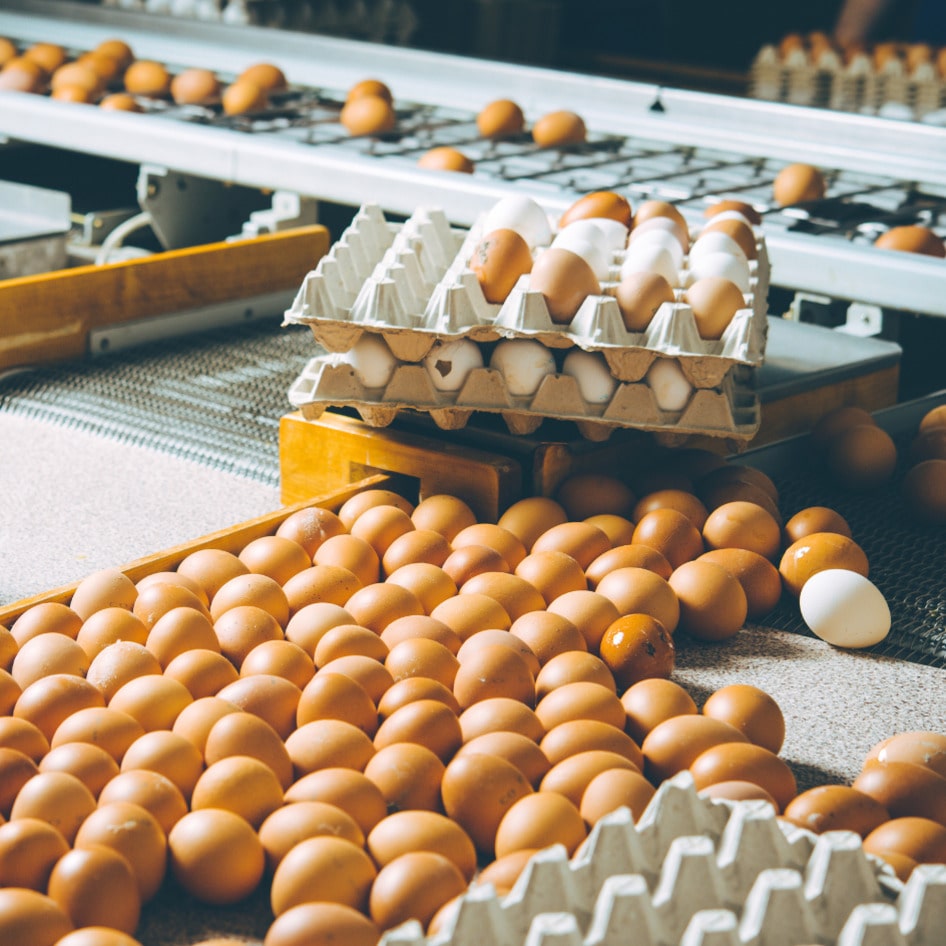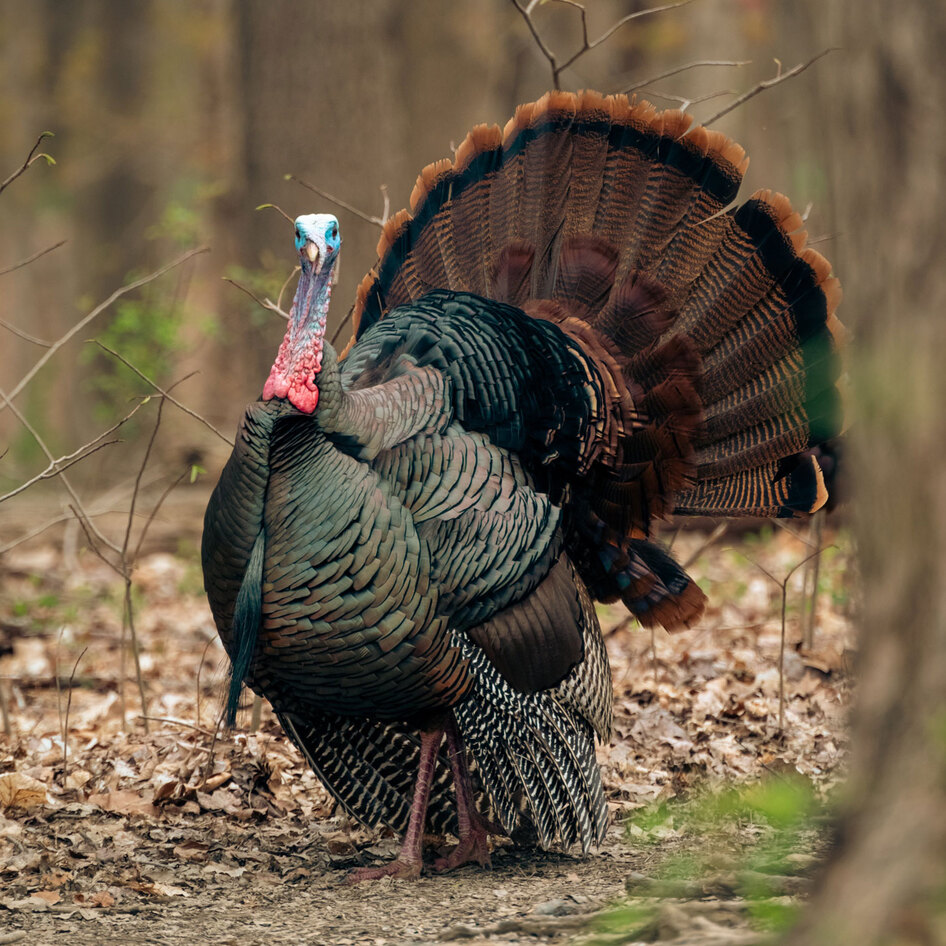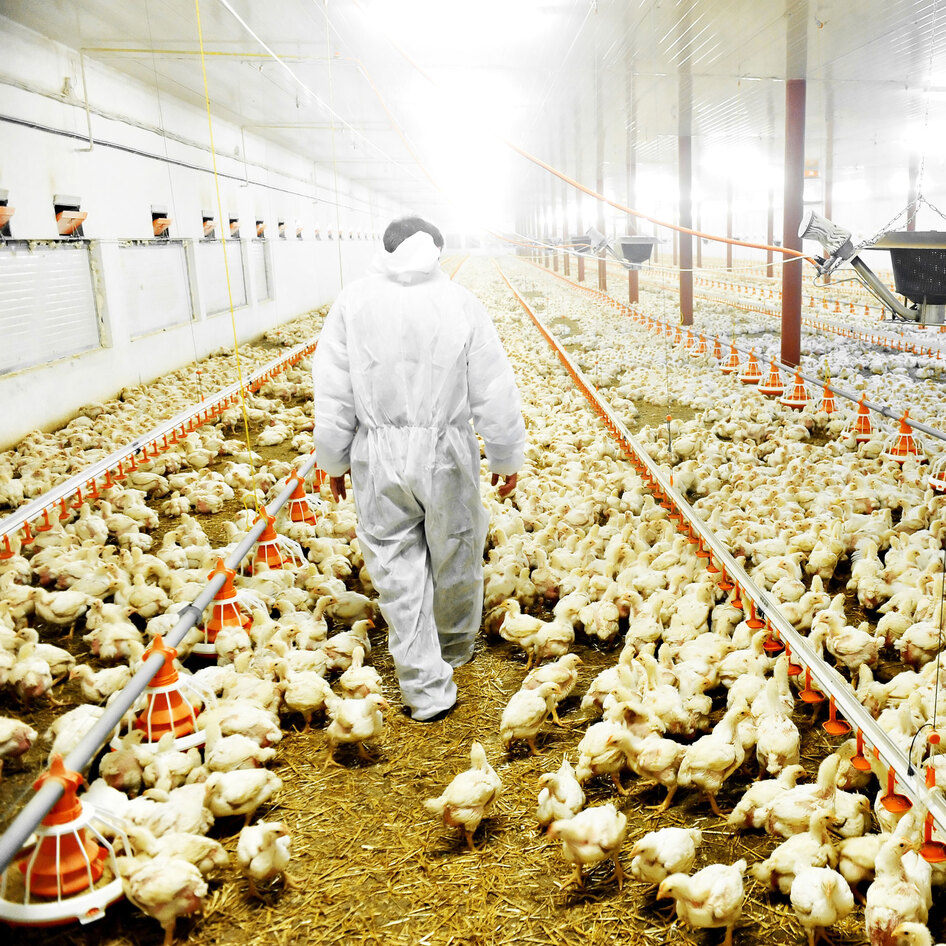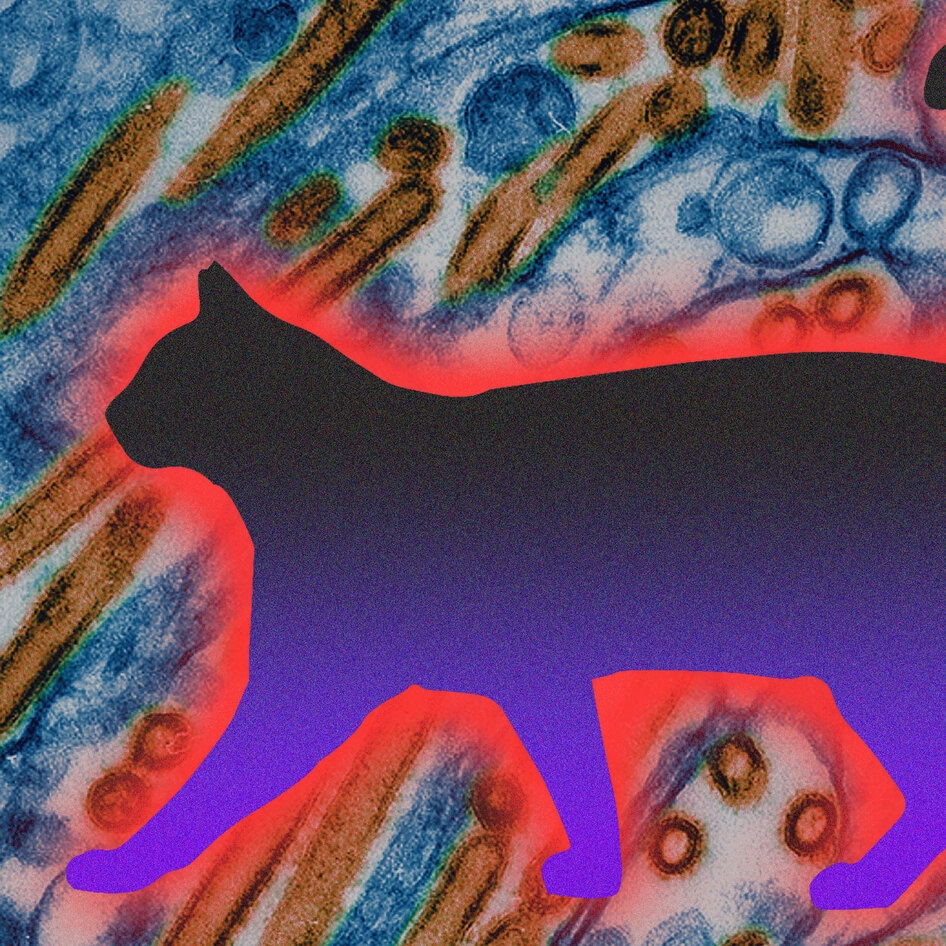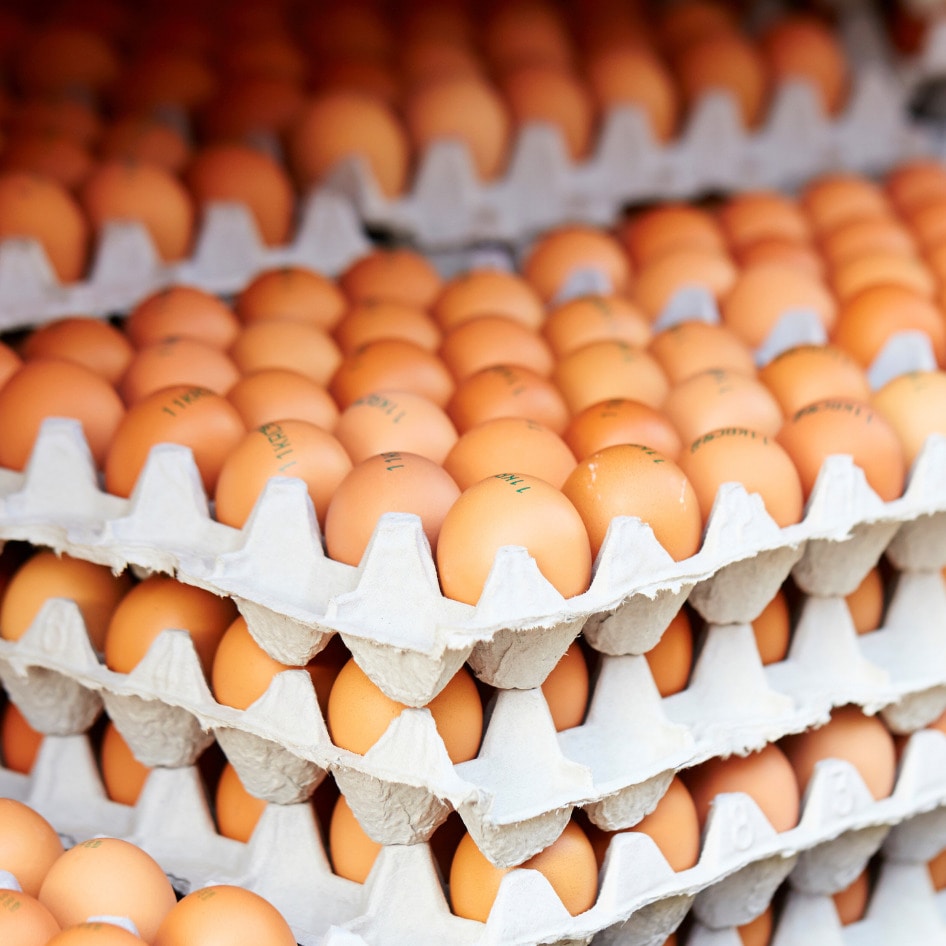Government Aids Poultry Industry
The federal government “steps forward” for its friends in the poultry industry.
August 17, 2011
A recent headline on meatingplace.com says it all: “USDA buys chicken products to help ailing industry.”
As demand for chicken meat remains far below the number of birds who are actually being raised and killed, rather than allowing the market to adjust to basic supply and demand principles, the federal government Monday announced it will buy $40 million of unwanted chicken products that will be dumped on our nation’s school kids and others in federal food programs.
In short, chicken-meat companies have continued increasing the number of birds they raise for food while demand has remained flat. Normally, in a free market, an industry that produces beyond what consumers want will contract. But not the poultry industry. It instead relies on regular government support in times like these—and by that I mean nearly all the time.
According to The Wall Street Journal, the buyout, combined with a similar bonus government purchase last year, “gives producers an extra $86 million in government chicken purchases above the roughly $100 million the USDA buys in scheduled chicken purchases for a year.”
And the support isn’t just in terms of buying unwanted product. The poultry industry receives billions in indirect agricultural subsidies that artificially reduce the cost of the most expensive part of their business: corn and soy grown to feed these billions of birds.
The Global Development and Environment Institute at Tufts University estimates that the broiler chicken industry alone saved $1.25 billion in feed costs from 1997 to 2005 just from taxpayer-funded subsidies. Perhaps now that the Congress is more focused on slashing wasteful spending, these unnecessary and fiscally reckless industry handouts may finally be reduced.
Why does this matter? Well, for many reasons, but most notably because these handouts mean that far more birds are raised on factory farms than American consumers would normally buy, especially if the true cost of their meat was reflected in the marketplace. And as Animal Visuals points out, poultry consumption results in far more animal deaths than most other animal products.
Ending these handouts is the best option, and if the government is going to use our tax dollars for such purposes, at a bare minimum it should require animal-welfare improvements in the same way the auto industry had to improve fuel efficiency to get a federal bailout. And of course, when the auto industry got its federal dollars, it still had to return the money. Think the poultry industry will have to do that? I wouldn’t hold your breath.
Not everyone is upset by this latest government bailout of the poultry industry, however. The National Chicken Council breathed a sigh of relief on behalf of its beleaguered industry, noting, “At a time when the industry is under great stress due to the high cost of feed ingredients and the general economic slowdown, we appreciate USDA’s willingness to step forward and acquire additional chicken.”
In all the ways the American people expect the federal government to “step forward” these days, I’m not exactly sure this is what we had in mind.
VN contributor Paul Shapiro is the senior director of farm animal protection for the Humane Society of the United States. Follow him on Twitter at @pshapiro.
JUMP TO ... Latest News | Recipes | Guides | Health | Subscribe

